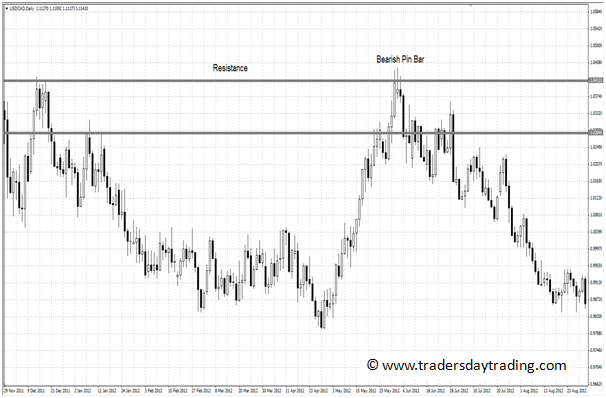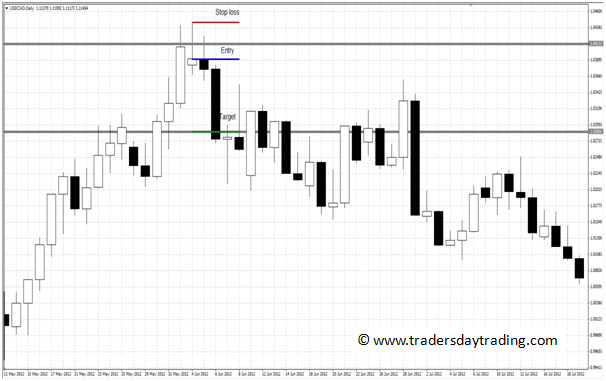Risk Management: The
Unsung Hero of Currency Trading
by Samuel J. Rae, Author of Diary of a Curreny Trader
|
Starting Out in Currency Trading
Getting started in the currency markets can initially seem simple, but
the vast amount of information available to beginner traders means that
it can quickly become daunting. A large number of beginner currency
traders end up "giving up" on their market aspirations because
they get overwhelmed by the scope of the industry.
This is a terrible shame because, at its core, trading
in the currency markets is simple.
What it comes down to is an imbalance in how newer traders perceive
their journey to market. Far too much focus and time is wasted on
analysis, in the sense that people feel they must arm themselves with a
wealth of technical
tools before they start placing trades. This is simply not
true. Any aspiring trader can open a free demo account with a broker,
download some free trading software and start trading, risk-free, right
away.
Furthermore, the quicker a trader starts trading, the quicker they
discover the true "holy grail" of the markets; that extensive analysis
does not breed success. Instead, success derives from a much simpler
concept, one that is much easier to grasp - risk management.
Risk
management is a concept that deserves far more attention than
it gets. I personally consider it fascinating, and it is the sole
element of my trading to which I attribute my success. I implement
analysis into my operations, of course, but I believe I could replace
my analysis with another approach and replicate the success of my
current strategy so long as I maintained its risk management element.
Furthermore, I only chose the analysis-type I use as it allows for
simple risk calculation and, in turn, minimizes the complexity of my
trading.
My Currency Trading Strategy
The first thing I look for when conducting my technical
analysis is a key level. This can be support, resistance or
simply a psychologically relevant price, a round number for example. I
only look to identify these levels on daily charts, as the higher the
time frame, the higher the relevance of the key levels.
I then watch how the price of a pair, normally only the most liquid
pairs such as the EURUSD or the USDJPY, behaves around that key level.
I watch this price action and the patterns
it forms. You can read a little more about the exact patterns I look
for in Diary of a
Currency Trader, but they are all simple, one,
two or
three classical candlestick
patterns. From these patterns, I form a directional bias, and
that's it. Analysis over.
The Exciting Part
This is where the risk management comes in. As aforementioned, my
analysis allows for quick and easy risk calculations. They also offer
up strict rules to which my strategy
dictates I must adhere. Even with my directional bias set, I will not
enter a trade unless the pattern adheres to my preset risk parameters.
To give an example, consider one of my favorite patterns - the pin bar.
The pin bar is one of the most widely traded candlesticks,
and when they form at key levels, they can be a highly reliable
reversal signal. The true beauty of a pin bar however, is that they
define risk. Take a look at the chart below.
 An Example of
a Trade Entry in Curreny Trading Using a Pin Bar
An Example of
a Trade Entry in Curreny Trading Using a Pin Bar
A bearish pin bar is highlighted, having formed at a resistance level
that initiated a strong downside reversal. This would alert me to a
potential opportunity, and give me a bearish bias, but I would not
place a trade until I had established whether the pattern meets my risk
requirements. Notice the second key level identified on the chart. Now
take a look at the same chart, zoomed in to make the pin bar clearer.
 An Example of
a Currency Trading Strategy
An Example of
a Currency Trading Strategy
My entry criterion dictate that I know three levels before each trade:
- My entry point
- My loss making exit
- My profit taking exit
I only enter trades at the close of a day (NY close), so
my entry point is always defined as the close of the pattern I
am trading. With a pin bar, I place a stop loss at the end of the tail
or wick, for bullish and bearish pins respectively. To find my profit
taking level, I identify the next key level in the direction of my
bias. In the example, this was a previous swing point that offered up resistance
a few months before the pin bar I am trading formed.
The Calculation
Using the example pin, these three levels are 1.0391, 1.0444 and 1.0285
respectively. I then perform a few simple calculations:
- Stop loss level - Entry level = Risk
- Entry level - Target = Reward
- Reward / Risk = x
If x >= 2, I enter the trade. If not, I leave it and look for
other opportunities.
The example shown is both elegant and rare, in that x is exactly 2, but
this is not a requirement, more a quirk of the example.
Many will realize that what I am describing here is the requirement
that each trade I place affords me a reward to risk ratio of at least
2:1. This concept is nothing new to trading, but it amazes me how few
traders adhere to it in their own operations. While it does not
guarantee profitability - price must move twice as far in your favor
than against you for a profitable trade - it does guarantee that every
time you book a profit it will be at least twice as big as your
potential loss.
This reduces the amount of profitable trades required for long-term
success to something just shy or 33%.
Final Words
All said, next time you look to enter a trade, perform this
simple calculation before you hit the execute button. In no time at
all, you will be wondering how you ever hoped to grow an account
without it. I will leave you with these words: Success in currency
trading requires three inputs - time, hard work and a sound
grasp of risk management principles. In reverse order.
--------------------------------------------------------------------------------------------------------
Samuel J. Rae is the author of Diary of a
Currency Trader: A simple
strategy for foreign exchange trading and how it is used in practice,
published in December 2013 by Harriman House.
Return to the Financial Books
homepage to find some more of the best trading books.
|
|
|
|